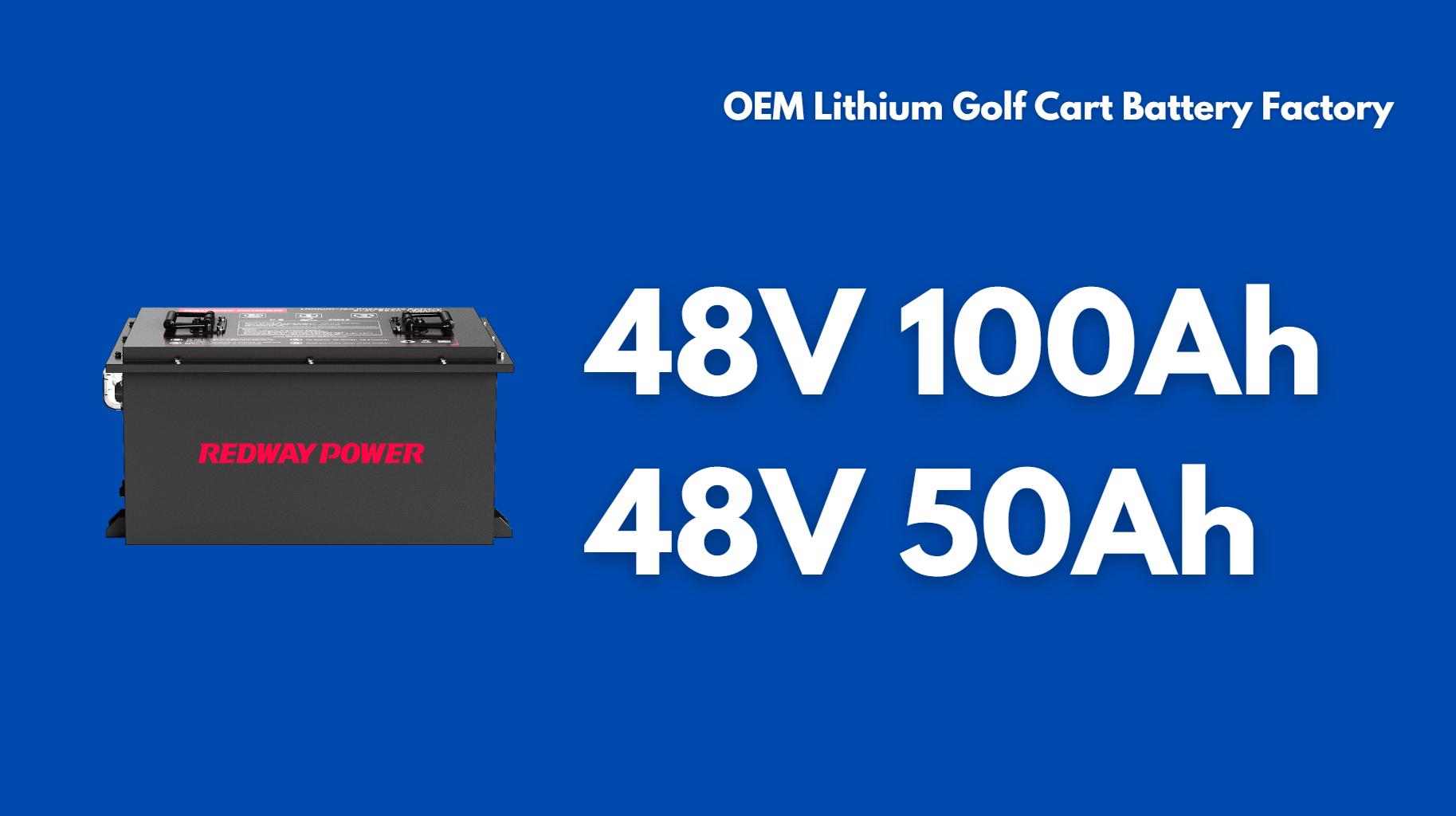Testing a Yamaha golf cart battery charger effectively involves inspecting the charger for physical damage, checking voltage output with a multimeter (36V or ~48V depending on your system), measuring amperage for performance, and isolating the issue by swapping carts or chargers. This ensures safe, efficient charging while identifying whether problems lie with the charger or the batteries.
How Do You Perform a Visual Inspection on a Yamaha Charger?
Begin by examining the charger’s cables for frays, cuts, or exposed wires. Inspect battery terminals for corrosion or loose connections. Ensure the charger’s plug fits securely into your cart’s charging port. A thorough visual inspection can identify obvious damage that may prevent proper charging or pose a safety risk.
Chart Title: Common Visual Inspection Issues
| Issue | Possible Impact | Recommended Action |
|---|---|---|
| Frayed Cable | Poor connection, short-circuit risk | Replace cable |
| Corroded Terminal | Voltage drop, slow charging | Clean with baking soda solution |
| Loose Plug | Intermittent charging | Secure or replace plug |
What Voltage Should a Yamaha Golf Cart Charger Output?
Use a digital multimeter set to DC volts to measure the charger’s output. For a 36V system, a healthy charger should read around 36V, and for a 48V system, between 48-50V. This test confirms that the charger is delivering the correct voltage to safely charge your batteries without overloading or undercharging.
Chart Title: Expected Charger Voltage Readings
| System Voltage | Expected Charger Output |
|---|---|
| 36V | 35.5–36.5V |
| 48V | 48–50V |
How Can You Test Amperage Output on a Yamaha Charger?
Set your multimeter to AC amps to measure the charger’s current output. A typical reading ranges between 15–25 amps depending on the charger model and battery condition. Monitoring amperage helps ensure that the charger can supply sufficient current for proper charging, especially under heavy load or near full charge.
How Do You Isolate Charger or Battery Problems?
Test your charger on a different Yamaha golf cart to determine if it functions properly. Conversely, try using a different charger on your original batteries. If the charger works on another cart, the issue likely resides in the original batteries or cart wiring. If a different charger successfully charges your batteries, the original charger may be faulty.
When Should You Seek Professional Help?
If voltage and amperage readings are within range but the battery still fails to charge, or if internal components like fuses or circuitry may be damaged, it’s time to consult a professional. Complex internal issues may require repair or replacement by a certified Yamaha technician to ensure safety and avoid further damage.
Can Redway Battery Support Yamaha Charger Testing?
Redway Battery provides technical guidance and support for lithium and lead-acid golf cart batteries. Their experts can advise on multimeter testing, safe charger operation, and troubleshooting steps. Redway Battery also offers compatible battery solutions and chargers designed to work with Yamaha and other popular golf cart brands.
What Safety Precautions Should You Follow During Testing?
Always wear insulated gloves and eye protection when handling batteries and chargers. Avoid testing near water or flammable materials. Ensure good ventilation to prevent overheating. Disconnect the charger immediately if you detect excessive heat, sparks, or unusual smells to prevent hazards.
Redway Battery Expert Views
Proper testing of a golf cart charger is critical to maintain battery life and ensure safe operation. Multimeter checks for voltage and amperage, combined with isolation tests, allow owners to pinpoint issues efficiently. Using a reputable source like Redway Battery for technical support ensures you get accurate guidance and high-quality compatible components.”
Conclusion
Effectively testing a Yamaha golf cart battery charger involves careful inspection, accurate voltage and amperage measurement, and systematic troubleshooting through isolation tests. Following these steps ensures safe, efficient charging and helps distinguish between charger and battery issues. Proper maintenance, combined with expert guidance from Redway Battery, maximizes both battery life and cart performance.
FAQs
Q1: Can I test my charger without a multimeter?
No, a digital multimeter is necessary to accurately measure voltage and amperage.
Q2: What happens if my charger outputs too high voltage?
Excess voltage can damage your batteries, shorten lifespan, and pose safety risks.
Q3: How often should I test my Yamaha charger?
Regular testing every 3–6 months or when performance issues arise is recommended.
Q4: Can I use a third-party charger for testing?
Yes, but ensure it matches the voltage and amperage requirements of your Yamaha golf cart.
Q5: Does Redway Battery provide replacement chargers?
Yes, Redway Battery offers compatible chargers and technical support for Yamaha and other carts.






